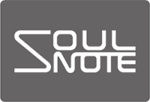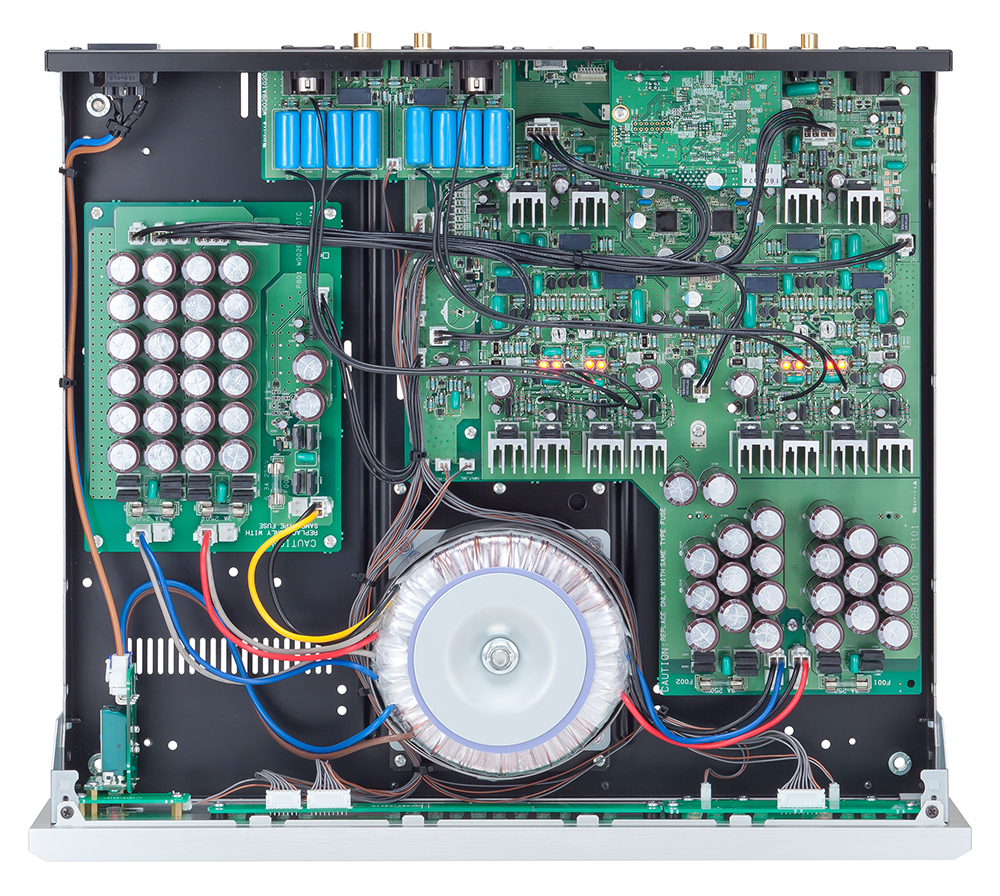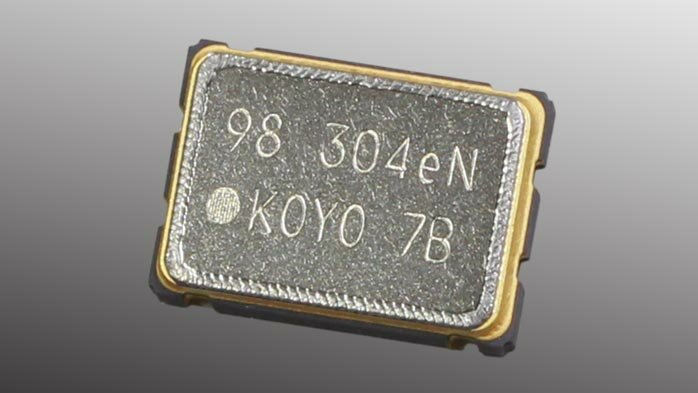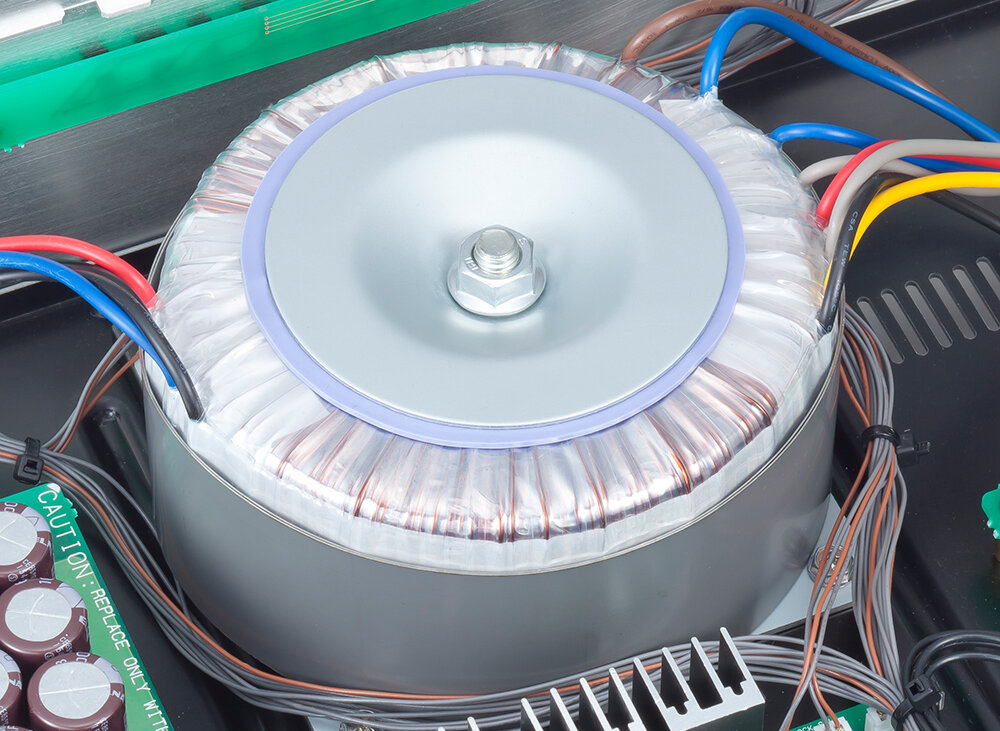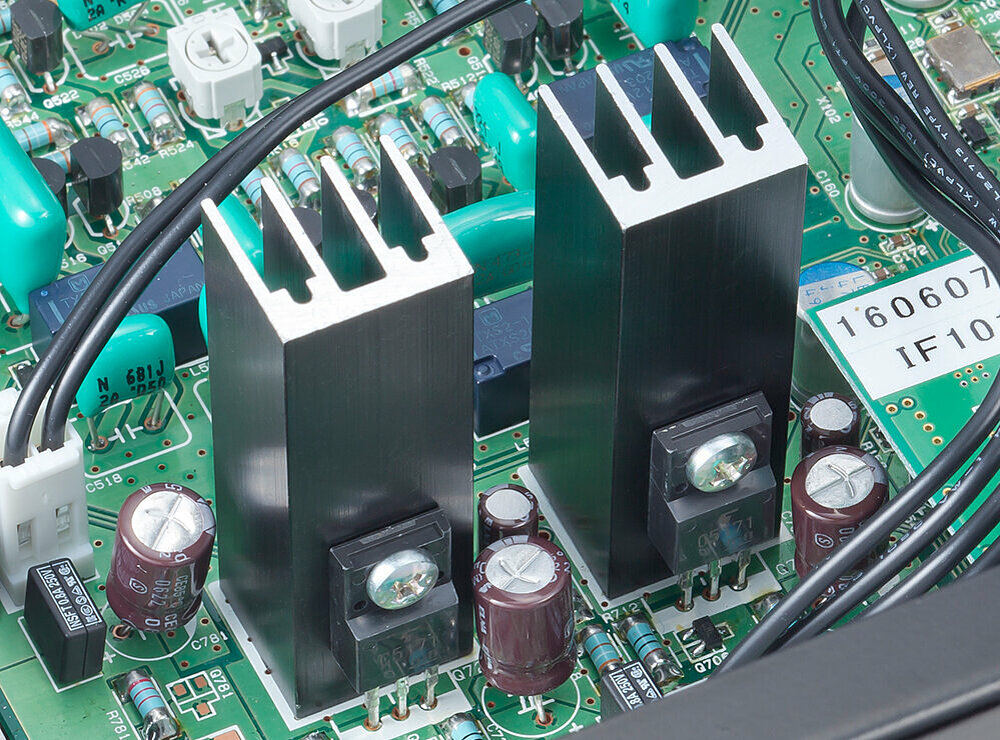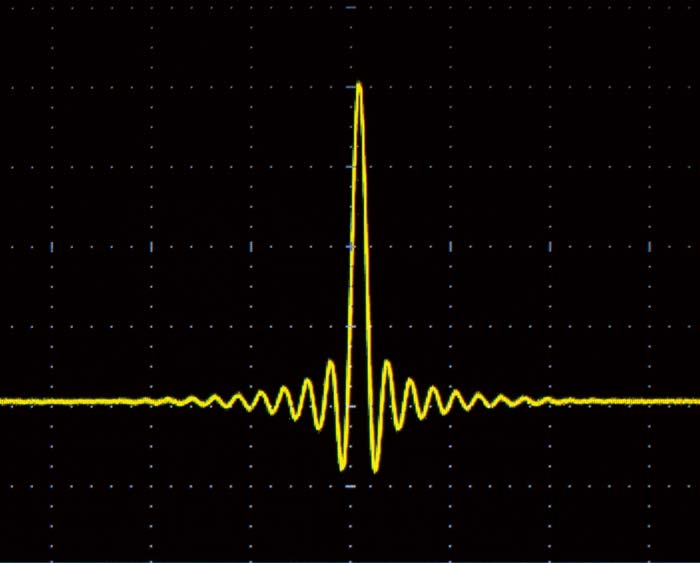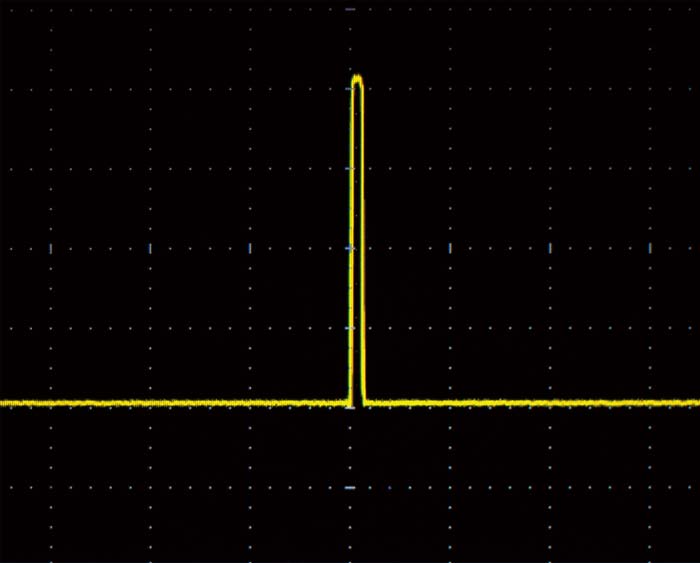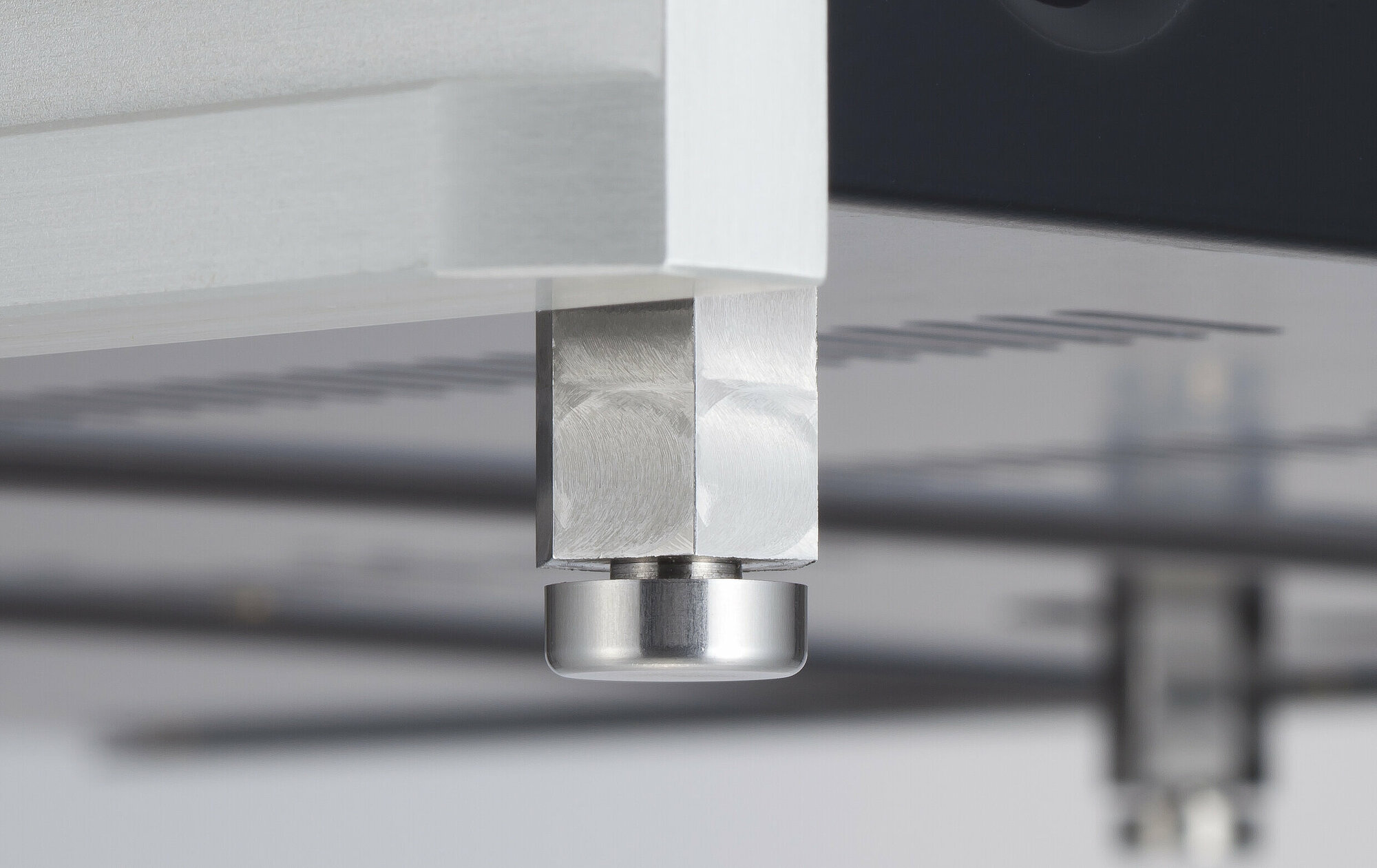TECHNOLOGY
Compatibility
Compatible with max. 32-bit/768 kHz PCM and max. 22.6 MHz DSD (DSD512) sound sources. In addition to compatibility with new high-resolution sound sources across a range of PCM and DAD formats from USB inputs, the D-1N also supports coaxial digital inputs (2 systems) and AES/EBU.
ES9038PRO
The ES9038PRO, ESS' flagship 32-bit DAC, is installed separately in the left and right channels through a monaural mode that achieves the world's highest specs (DNR140 dB). SOULNOTE's original discrete nonnegative feedback amplifier that extends into the MHz region receives up to 120 mA from the powerful DAC current supply and amplifies this power for the output. The combination of the ES9038PRO and the discrete non-NFB amplifier achieves vibrant music playback bursting with energy that cannot be obtained from standard OP amplifier circuits.
A power transformer with a 260 VA large-scale toroidal transformer
The power transformer uses a 260 VA large-scale toroidal transformer. This creates a power amplifier class non-NFB power supply. With an exceptionally high voltage setting of ±43 V, this discrete non-NFB power supply also used in amplifiers to offer playback that is both detailed in its spatial expression and filled with energy.
Eight different power supplies
Equipped with eight different power supplies that use our original high-speed discrete regulators. The DAC peripheral circuits employ independent power supplies for the left and right channels in both analog power supply and digital power supply. The D-1N also contains a power supply for the crystals, one for USB, one for logic, and one for the SPDIF differential receiver. These eight power supplies use SOULNOTE's original high-speed discrete regulators that prioritize sound quality to let the high-voltage ES9038PRO's true potential shine.
NOS mode utilization
In addition to the conventional FIR oversampling mode, the D-1N also includes a new non over sampling mode, which is basically a non negative feedback version adapted to operate in the digital domain. This mode does not generate the pre- and post-echoes observed in FIR oversampling. It also boasts extremely low noise levels with analog outputs, with no difference in levels between the two modes.
Impulse output waveform with an FIR oversampling filter (D-1N analog output)
Pre- and post-echoes are artificial "sounds" created by data calculations before and after the data is interpolated. They make waveforms like sine waves appear smoother, but calculation algorithms can affect the sound quality or ambiguity and be added to the time axis.
Impulse output waveform in non-oversampling mode (D-1N analog output)
This waveform can only be achieved by combining a non-NFB discrete amplifier with superb transient response performance. Because music waveforms are actually a series of impulse waveforms of different heights, the non-oversampling mode eliminates any ambiguity in the time axis information, creating more realistic and natural sound quality and an expansive listening environment to the human ear, which is extremely sensitive to the time axis.
* The non-oversampling mode cannot be used with DSD.
Uses the groundbreaking Bulk Pet transfer method
USB-Audio generally transfers data using the Isochronous transfer method. The D-1N uses Bulk Pet, a new Bulk transfer method developed by Interface Corporation. The Bulk transfer method results in reduced loads for computers and D/A converters, ushering in the next dimension in playback sound quality.
* Dedicated drivers must be installed on your computer when using Bulk Pet.
* There is no need to update the firmware when using Bulk Pet with the D-1N.
SPECIFICATIONS
Input format | USB: PCM, DSD (DoP v1.1, ASIO) |
Supported sampling frequency | USB: Max. 768kHz (PCM) / Max. 22.6MHz (DSD) |
PCM quantization bit rate | USB: 16bit, 24bit, 32bit |
USB profile | USB 2.0, USB Audio 2.0 |
Digital input | USB (Typ B), coaxial x2 (SPDIF), AES/EBU |
Analog output | XLR x1, Cinch x1 |
Analog Output level | XLR: 5,6 Vrms |
Frequency characteristic | 2Hz to 120kHz (+0/-1dB) |
S/N ratio | 110dB |
Total harmonic distortion | 0,003% |
Analog filter | Two-dimensional passive |
Power voltage | 230V AC 50Hz |
Power consumption | 40W |
Maximum external dimensions | Main unit: 456(B)×109(H)×379(T)mm |
Weight | 10kg |
Included accessories | Spikes, Power cord |
NOTES ON THIS PRODUCT
You may need to install the drivers on your computer and update the device's firmware.
How to set the non-oversampling mode:
Press the lock range switching button on the D-1N. Non-oversampling mode is active once the lock range LED display goes out.
With each press of the button, the lock range display LED cycles [1>>2>>3>>4>>OFF (non-oversampling mode)>>1>>2...].
Temperature settings:
The circuit current in SOULNOTE products relies on solutions with the highest emphasis on sound quality and safety. Functionality and sound quality generally improve when the transistors operate at higher temperature
Anti-vibration housing:
SOULNOTE products place the highest emphasis on sound quality, so the top cover, chassis, and other components do not employ vibration isolation.
Regarding use of electronic equipment cleaners and contact rejuvenation products on SOULNOTE products:
Commercially available electronic equipment cleaners and contact rejuvenation products could damage the resin components of SOULNOTE AC inlets. Do not use these types of chemical products on SOULNOTE equipment.
